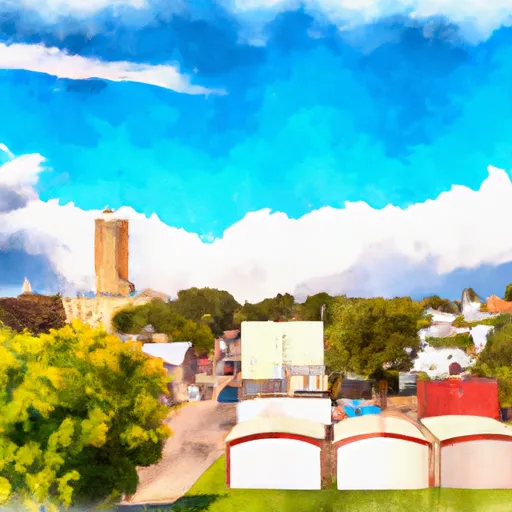°F
°F
mph
Windspeed
%
Humidity











Ledyard, Iowa is a small town located in Kossuth County in the state's northern region. The climate in Ledyard is classified as humid continental, characterized by hot summers and cold winters. Average summer temperatures range from the mid-70s to low 80s Fahrenheit, while winter temperatures can drop to the teens and occasionally below zero. The area experiences moderate precipitation throughout the year, with the majority occurring during the summer months.
Ledyard is situated near the Des Moines River, which provides hydrological significance to the region. The river serves as a vital source of water for irrigation, fishing, and recreational activities. It supports diverse fish species, including catfish, walleye, and northern pike, attracting anglers.
Outdoor recreation opportunities in Ledyard are abundant, with several natural areas nearby. Residents and visitors can explore hiking and biking trails, enjoy picnicking, and wildlife observation at places like the Ledyard Wildlife Management Area and Ledyard State Game Management Area. For water enthusiasts, the Des Moines River offers opportunities for boating, kayaking, and canoeing. The town also hosts community events and festivals that celebrate the natural beauty and outdoor lifestyle of Ledyard.
Weather Forecast
Ledyard receives approximately 810mm of rain per year, with humidity levels near 83% and air temperatures averaging around 8°C. Ledyard has a plant hardyness factor of 5, meaning plants and agriculture in this region thrive during a short period during spring and early summer. Most plants will die off during the colder winter months.
Regional Streamflow Levels
100
Cubic Feet Per Second
6
Cubic Feet Per Second
8
Cubic Feet Per Second
28
Cubic Feet Per Second
Nearby Camping
| Camping Area | Reservations | Toilets | Showers |
|---|---|---|---|
| Crow Wing State Park | |||
| Lum City Park | |||
| Oak Leaf Park | |||
| Benton Beach | |||
| DeParcq Woods Military - Camp Ripley | |||
| Pierz Park |



